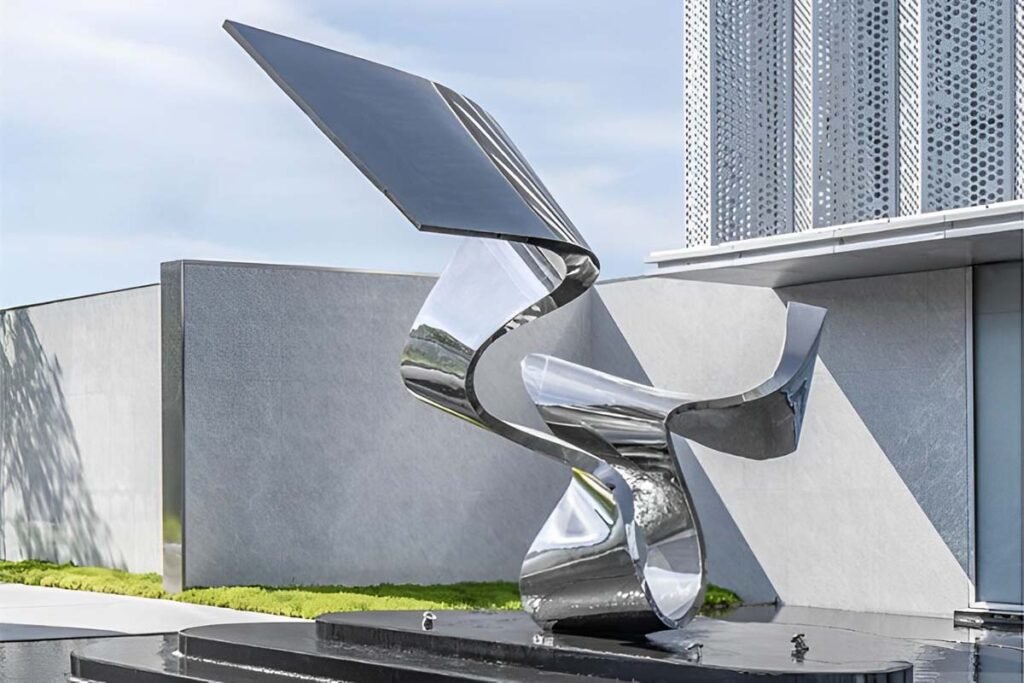Stainless steel stands at the forefront of contemporary construction, known for its superior combination of resilience, durability, and unmistakable modern aesthetic. With the ability to tackle challenging environments, stainless steel is repeatedly chosen for its impressive performance across structural and decorative roles. For those looking to explore the latest developments and sourcing options, click here for a comprehensive range of stainless steel solutions engineered for modern needs.
The article explores the rapid expansion of stainless steel’s role in construction, from skyscrapers to bridges and artistic facades, driven by its inherent properties for longevity and design flexibility, and how it is shaping the future of building in unique ways.
Structural Integrity and Durability
Stainless steel is valued for its remarkable ability to endure harsh environments while maintaining structural integrity. Not only is it highly resistant to corrosion, even in coastal or industrial locations, but it also offers a high strength-to-weight ratio that supports large, open spaces and tall, sleek buildings. These characteristics are particularly vital in high-rise construction and bridge engineering, where safety and longevity are paramount.
Engineers favor stainless steel for its consistent mechanical properties and ductility, which allow for reduced maintenance over the lifespan of a structure. Its resistance to warping, cracking, and fire further strengthens its position as a top choice for vital structural components, such as beams, columns, and load-bearing frameworks.
Aesthetic Appeal and Design Flexibility
Modern architecture adores the visual appeal of stainless steel, which can be polished to a mirror finish or rendered in matte or patterned surfaces. This versatile material can be used in sweeping canopies, intricate railings, or iconic facades, adding sophistication while preserving long-term performance. Its malleability allows for complex, non-linear forms, enabling the realization of artistic architectural features that would be difficult or impossible with rigid traditional materials. These bold visual statements define contemporary city skylines.
Sustainability and Environmental Impact
Sustainability is a key concern in construction, and stainless steel addresses this by recycling over 90% of its materials, reducing demand for virgin resources and landfill waste. Its longevity and minimal maintenance requirements, such as basic cleaning, further conserve energy and resources. This approach also minimizes the use of harmful cleaning chemicals, reducing operating costs and environmental footprints.
Technological Advancements in Stainless Steel
Technological advancements have significantly expanded the use of stainless steel in construction, enabling more accurate and complex production through precision laser cutting and 3D printing. These methods would allow designers to experiment with innovative modular construction approaches, improving efficiency during manufacturing and assembly. Additionally, stainless steel alloys have been developed for enhanced corrosion resistance and tailored mechanical properties for specialized applications.
